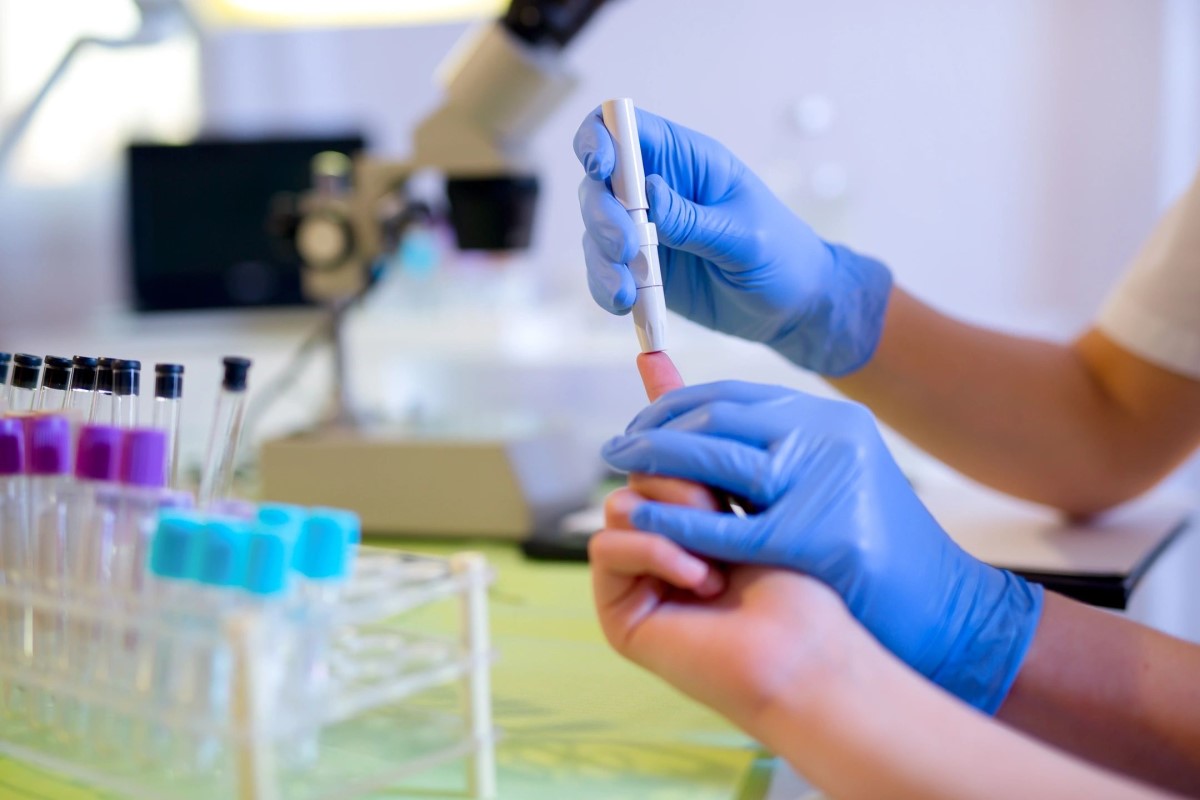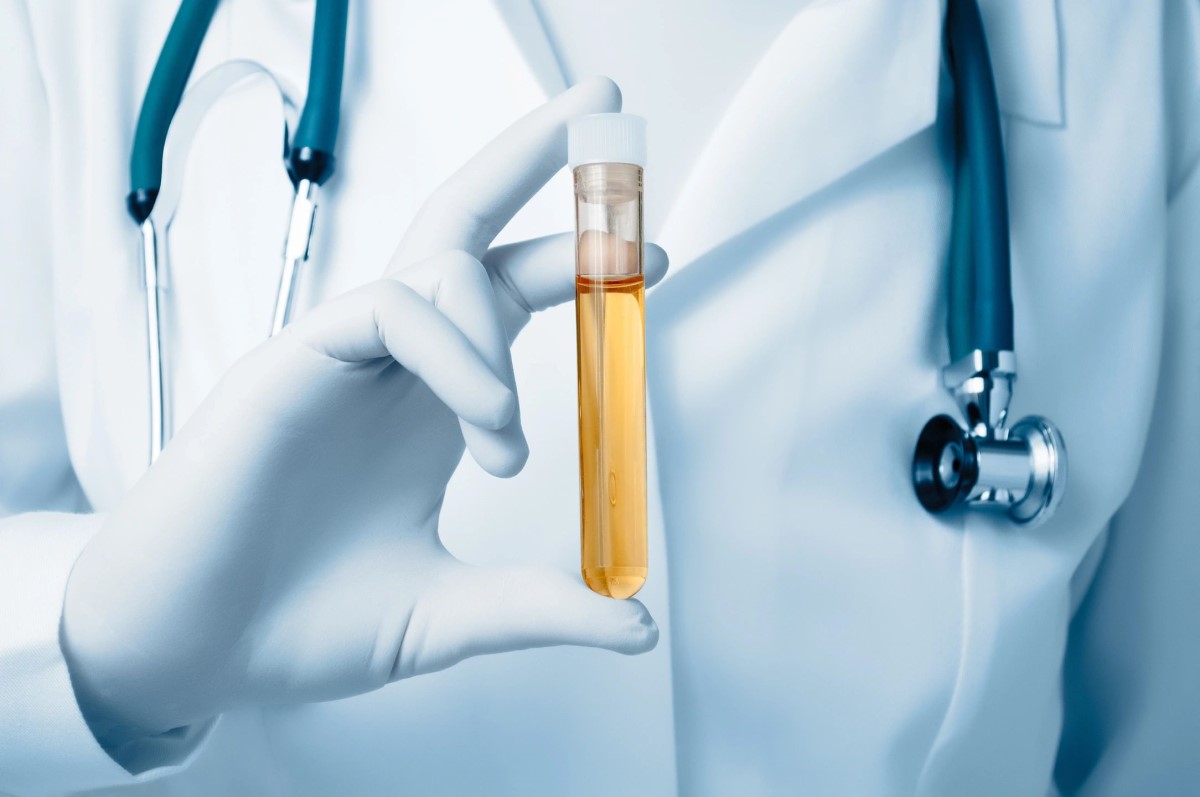Name of the Test:
“Bioavailable” Vitamin D (1, 25 dihydroxy)
Alias Names:
Weakly bound Vitamin D 1,25 ; Albumin bound Vitamin D 1, 25 dihydroxy(1,25 di OH)
Bioavailable Vitamin D determination is useful when:
– There is a discrepancy with total vitamin D ( 25 OH ) with calcium & PTH levels(i.e) Renal dialysis patients
– There is an increased level of Vitamin D binding protein as in pregnancy


Clinical Applications:
Vitamin D is produced in the skin. Exogenous Vitamin D is absorbed in the intestine and converted to 25 hydroxy vitamin D. 25 hydroxy(OH)vitamin D is converted into bioactive vitamin D (1, 25 dihydroxyl vitamin D) in the kidney .Hence, patients with chronic renal failures results in vitamin D deficiency. Over 85 % of circulating 1, 25 dihydroxy D is tightly bound to a specific vitamin D binding protein (DBP). A lesser amount is bound loosely with albumin. Less than 1% is the free form of Vitamin D 1, 25 dihydroxy. DBP levels are high during pregnancy and individuals with estrogen treatment. The free fraction along with the albumin bound fraction, called bioavailable Vitamin D (1, 25 dihydroxy), which is readily available for metabolic function.
Recent studies indicate that bioavailable, and not total 1, 25 dihydroxy D, have increased correlation with serum calcium.
Similarly, measurement of bioavailable D (1,25 dihydroxy) in hemodialysis patients has shown a better correlation in terms of mineral metabolism and PTH levels compared to total Vitamin D. It is therefore important to measure bioavailable D in clinical conditions associated with potential mineral metabolic changes, especially in renal dialysis patients.
Method:

Bioavailable 1, 25 dihydroxy is vitamin D (1, 25 dihydroxy), not bound to DBP. To obtain the bioavailable fraction, total vitamin D 1,25 dihydroxy, DBP, and albumin were quantitated. Using an affinity constant of 1, 25 dihydroxy D for DBP and albumin, Bioavailable Vitamin D( 1,25 dihydroxy is calculated. Reported results include the concentration of bioavailable Vitamin D (1, 25 dihydroxy), Calculated Free Vitamin D (1, 25 dihydroxy), Vitamin D binding protein and Total Vitamin D (1, 25 dihydroxy).
Test information:
-
Specimen requirements: 3.0 ml of serum or Plasma (minimum 0.6 ml).
-
Shipping requirements: Ship the samples frozen or in ice pack. Shipping samples at room temperature is not recommended.
-
Turnaround time: 2 days (Set up every Tuesday)
-
Reference Range (Adults):
Bioavailable Vitamin D (1, 25 dihydroxy): 3.4 – 14.2 pg/ml
Vitamin D Binding protein: 104 – 477 ug/ml
Calculated free Vitamin D (1, 25 dihydroxy): 0.1 – 0.44 pg/ml
Total Vitamin D (1, 25 dihydroxy): 15 – 80 pg/ml
References:
- Bhan I et al (2012) Bioavailable vitamin D is more tightly linked to mineral metabolism than total vitamin D in incident hemodialysis patients .Kidney Internl 82 : 84 – 89.
- Bikle DD, Siliteri PK, Ryzen E et al (1985) Serum protein binding of 1,25-dihydroxy vitamin D: a reevaluation by direct measurement of free metabolite levels. J Clin Endocrinol. Metab 61:969-975.
- Brown AJ, Coyne DW (2012) Bioavailable vitamin D in chronic kidney disease. Kidney Internl 82:5-7.

